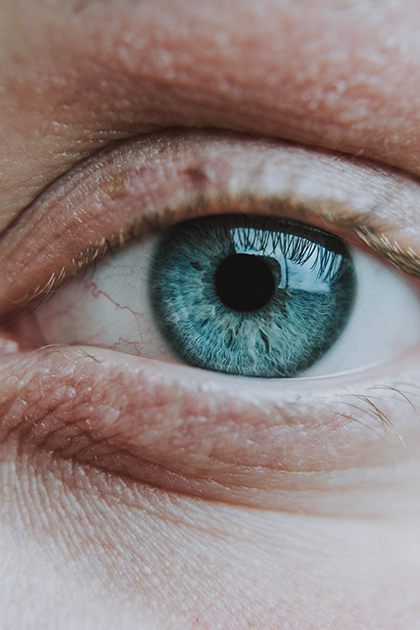

Our eyes are among the most vital organs that directly affect our quality of life and enable us to connect with the world around us. However, over time, various eye conditions can develop and reduce visual clarity, making everyday life more difficult. At this point, modern eye treatments play a crucial role by offering both early diagnosis and effective solutions to help preserve vision.
Thanks to technological advancements in modern medicine, conditions such as refractive errors (including myopia, hyperopia, and astigmatism), age-related issues like cataracts, and more serious problems such as glaucoma can now be successfully managed with personalized treatment methods.
Modern treatments developed to protect eye health and improve visual clarity are commonly preferred at both young and advanced ages. Thanks to these methods, it is possible to achieve clear vision without the need for glasses or contact lenses. Especially in individuals with advanced refractive errors, specially designed lenses implanted in the eye provide a natural visual experience.
Blurriness caused by age-related changes can now also be treated easily with advanced surgical techniques. In such cases, which may lead to vision loss, multifocal intraocular lenses are implanted, allowing patients to see clearly at both near and far distances.
Some tissue growths or congenital pigment changes on the surface of the eye should also be closely monitored, as they may affect both aesthetics and vision. When necessary, these conditions can be safely treated using surface-level procedures.
Since every individual’s eye structure is different, the treatment must be planned on a personalized basis and evaluated by a specialist physician.
 Phakic Intraocular Lens Surgery – ICL (Implantable Collamer Lens)
Phakic Intraocular Lens Surgery – ICL (Implantable Collamer Lens)
 Cataract Treatment
Cataract Treatment
 Pterygium Treatment – Eye Tissue Growth
Pterygium Treatment – Eye Tissue Growth
 Smart Lens (Trifocal Intraocular Lens) Treatment
Smart Lens (Trifocal Intraocular Lens) Treatment
